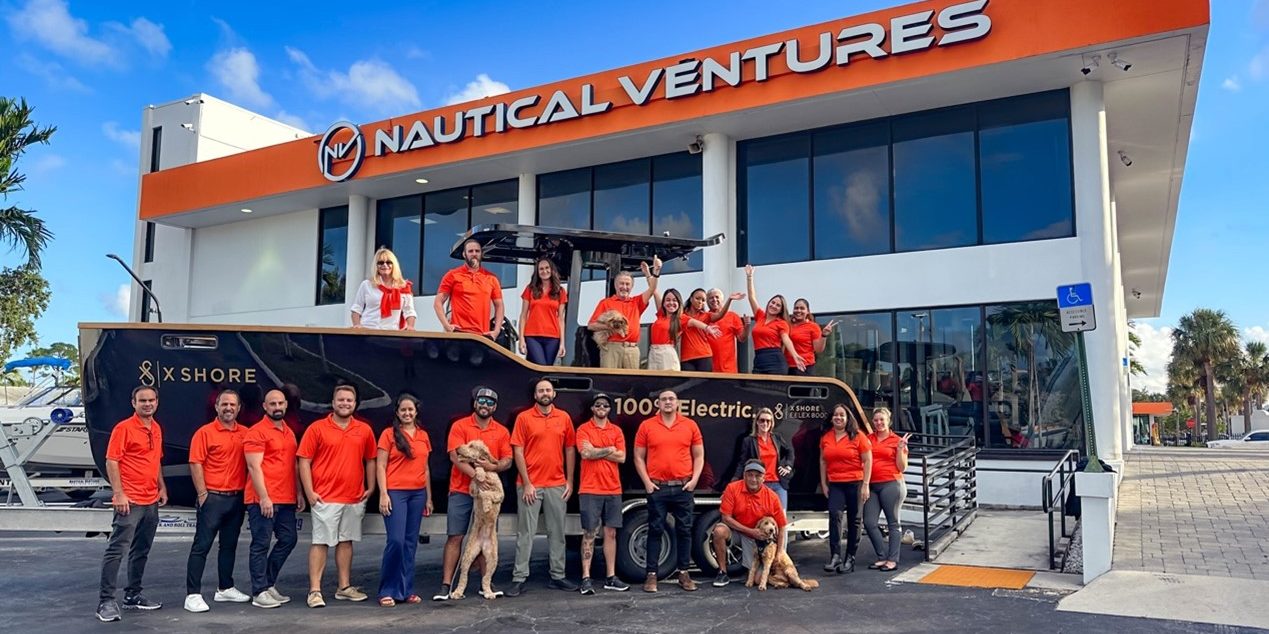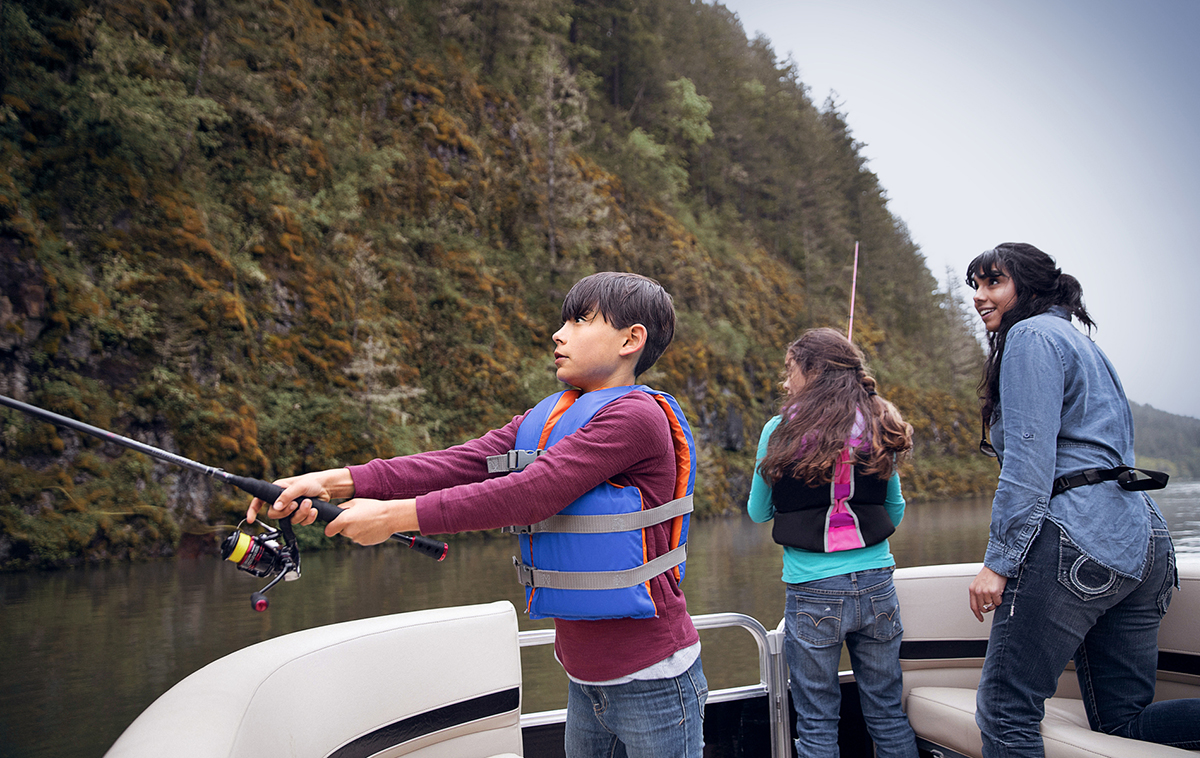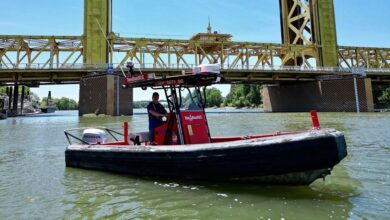While unit sales continue to plummet, the industry is missing the mark with the Discover Boating leads and worse yet, oftentimes not even using them. Here are seven tips to take advantage of these virtual opportunities.
Over the past couple years, the marine industry has collaborated to spend more than $20 million on advertising, marketing and PR expenses related to the Discover Boating campaign. Simultaneously, 231 dealers (through July) have spent a grand total of nearly $600,000 to become certified. Many dealers snarled at the $2,495 introductory price for this stamp of approval because the funds often had to be drawn from their own pockets.
Certification wasn’t just a stamp of approval, however. It also included direct acccess to download leads generated by the $20-million campaign. So you’d think that these dealers with the vested interest would be focused on improving their return on investment and turning the leads into sales, right? Wrong. In most cases, it appears, dealers readily admit that they struggle to believe in the opportunity promised by these virtual prospects. And they aren’t even targeting them.
Take Boating Industry’s informal research project for example. Three editors signed up to receive the Discover Boating DVD promoted in the ad campaign. And each of us was disappointed in the response we received. Sure, the DVD showed up in a timely fashion, but in most cases, we’re still waiting for the dealers to show up. Months after signing up.
In fact, out of the 56 responses we’ve received, only three have been from dealers. And none of them were certified.
In conversations about why this may be, one dealer told us his team wasn’t convinced the leads had any real value, choosing instead to battle a down market by going back to former customers for repeat business. And while any sales guru would tell you that it’s cheaper to keep a customer than it is to find a new one, when the expense has already been paid and the lead generated, why not pursue it?
Another dealer, who also wished not to be named, may have provided the most obvious yet surprisingly old-school answer: Marine dealers haven’t wrapped their minds around the potential of any leads generated online. Good old-fashioned foot traffic, which had admittedly been slow throughout the year, still seems the best bet.
Our results
My personal venture into the Discover Boating ocean of prospects generated 37 responses to my e-mail account and home mailing address: nine e-mails from Sea Ray; five e-mails and the only regular mail brochure from Bayliner; three e-mails each from Maxum and Trophy; two e-mails from Tracker Marine; and one e-mail each from Boston Whaler, Grady White, Chaparral, Robalo, MarineMax, Pro-Line, Fisher, Nitro, ProCraft, Tahoe, and Crestliner. Only Sea Ray and Boston Whaler provided direct access, including contact information, to the closest dealer.
The variation in the number of responses was surprising, however. With 37 responses, I received 66 percent of our total responses, and two other editors split the other 33 percent. Why did I get barraged while the others received so few?
In fact, the entire experience left our editors with more questions than answers. Perhaps the biggest being: How can the industry ignore leads it’s paying millions to generate? And why isn’t more effort being made to understand how best to use these leads and map out a plan for doing so?
These prospects can be converted to sales. In fact, they already are for those who are making a concerted effort. In a July presentation, National Marine Manufacturers Association President Thom Dammrich reported that 10 percent of the prospects generated by the 2006 Discover Boating campaign have already purchased a boat, 45 percent of whom purchased it new. If those results are being generated despite the current lack of lead management and amidst a market downturn, it’s clear the potential is much bigger. We just need to approach them properly.
Taking action
With that in mind, here are seven insights we hope dealers and boat builders can use to improve their communication with online prospects:
Invite people into the boating lifestyle. Remember, it’s Discover Boating, not Discover Our Boats. The best way to sell more boats is to invite newcomers into the lifestyle and demonstrate the opportunities available to them. Most people are shocked, almost appalled, to hear that Sea Ray “flooded me” with 9 e-mails over two months. The messages from the company were more invitation than they were sales pitch, however. The first e-mail suggested I visit the company’s closest dealer; the second invited me out to a sales event. There were two e-mails the company sent regarding an auction to benefit a charity; four e-mails regarding Sea Ray’s nationwide Aquapalooza event (sign up and receive a free t-shirt), and a final e-mail that referenced the fact that they hadn’t touched base with me in a while. Similarly, one of the few dealers who contacted us made initial contact and then within a month invited us out for an open house and a free test drive. Neither of these was a hard sell; just an attempt at nurturing a lead.
Get your dealers involved. Sending the leads out to your dealers is one thing. Holding them accountable for contacting the leads is another. Inspiring them to proactively pull the leads off of the Discover Boating Web site is seemingly quite another. For example, the Minneapolis area has some of the best dealers in the nation. Five dealers in the state are certified. Only two dealers from the area made contact with us, and neither of them was certified. What are the certified dealers doing?
To help overcome that problem, create a better game plan for getting the consumers in touch with the appropriate dealer. We saw a lot of disconnect between what we expected — connections with dealers selling the boats — and what we received. Being provided with the dealer information is much more convenient than the messages that sent us to a dealer locator site. Consumers already provided their city, state and zip when they signed up for the DVD. Don’t make them enter it again. You have the information you need. Use it. But do it right. The message from Tracker sent us to a Gander Mountain location, which was farther away than the closest Tracker dealer. The MarineMax that sells Boston Whaler, which is twice as far from my home as the closest MarineMax, contacted me. The closest MarineMax, which sells Sea Ray, did not. So what value did Sea Ray get out of contacting me 9 times? Finally, an e-mail from Ranger sent us to a dealer that no longer carries Ranger.
Companies that have multiple brands should make sure the brands are promoted differently in their communications. For example, I received the Bayliner, Trophy and Maxum e-mails, literally, seconds apart. These companies did a good job of creating a unique message and feel for each of the brands while using the same template. E-mails from six Genmar brands, however, looked exactly the same and contained the same message. To an unstudied consumer perspective, it’s tough enough to differentiate between a Ranger and a Four Winns, for example. When only a photo and Web link differ in the messages, it’s even more difficult when the brands are closer in style like Glastron and Larson. Again, entice them with boating — how the products will fit into their lifestyle.
The little things matter. Like the subject line and the “from” box. For the most part, all of the messages we received were “from” the boat company. In other words, the message was from Sea Ray or Bayliner or Crownline. There were two, however, that were not. It just appears much more professional and structured when it comes from the name of a company as opposed to looking like it was from someone sending spam from his basement. It also sparks additional interest if it’s a brand the consumer has been researching.
Know the proper context of your message. Bayliner offered what I think is the perfect example of this. The company created DiscoverBayliner.com, which fit well with the Discover Boating theme. All of the messages from Bayliner, Maxum and Trophy said “Discover Bayliner” or “Discover Maxum.” They fit the context. On the other side, Tracker Marine sent a message with a subject line that read: “Your Tracker Brochure Request.” I never requested a Tracker brochure, so while I knew what it was referencing, it was off the mark. Crestliner sent me a historical perspective on the company that did more to bore me than it did to get me excited about boating.
Don’t miss the opportunity. Some prospects, like I did, suggest when they sign up that they want to buy a boat in the near future. Tracker makes it incredibly easy to capitalize on hot leads by including a button that says: “Buy Now” and “We’ll call you right away.”




